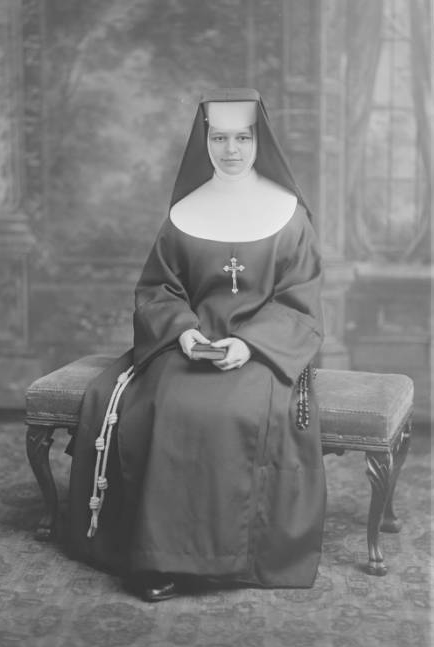
By the early 1900s, Poles formed the second largest ethnic group in Milwaukee. The community was overwhelmingly Catholic, and individuals identified strongly with the parishes within whose boundaries they lived. St. Stanislaus, founded in 1866, was the nation’s first Polish congregation in an urban area, and the literal and figurative mother church of the many Polish parishes that followed in Milwaukee. On the near south side alone, “St. Stan’s” offspring included St. Hyacinth, St. Vincent de Paul, St. Josaphat, and Ss. Cyril and Methodius, all founded by the late nineteenth century. By 1925 there were eleven Polish parishes within a mile or two of Roman Kwasniewski’s studio and more on city’s north side. Each new congregation was an offshoot of an established parish, the latter doing what it could to support the development of its younger cousin. Parishes supported many needs of the community, not only spiritual, but also educational, cultural, and social. Each parish had its own grade school, and some—such as St. Stanislaus and St. Josaphat—operated their own high schools, as well. Parish halls served as gathering places for the local fraternals, guilds, and sodalities. The parishes also provided a social “safety net” for families beset by economic woes, health concerns, or the death of one or both parents. St. Joseph Orphanage, a frequent subject of Kwasniewski, opened in 1908 principally to care for orphans of Polish ethnicity.
Tim Cary
Archivist
University of Wisconsin-Milwaukee
